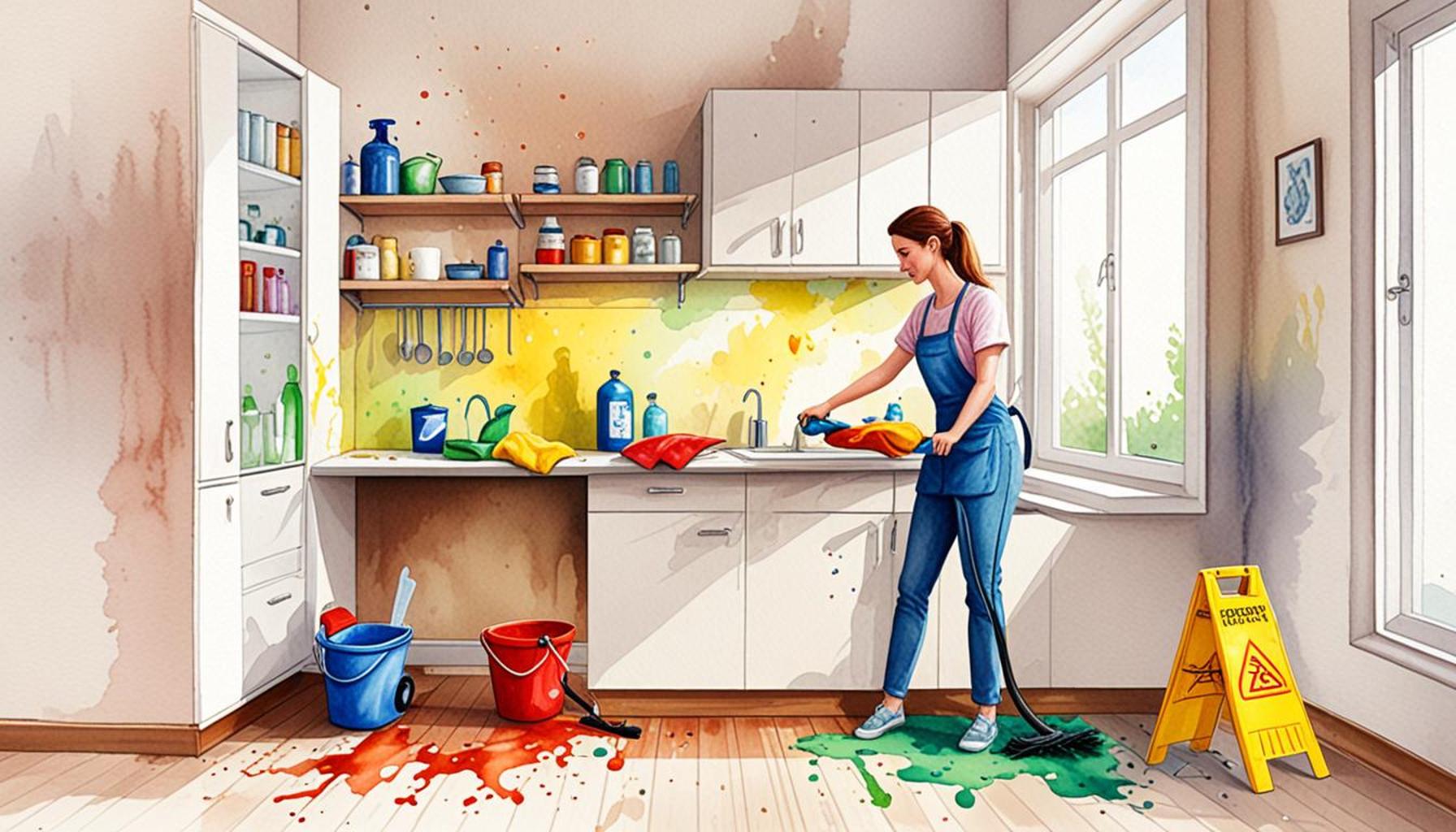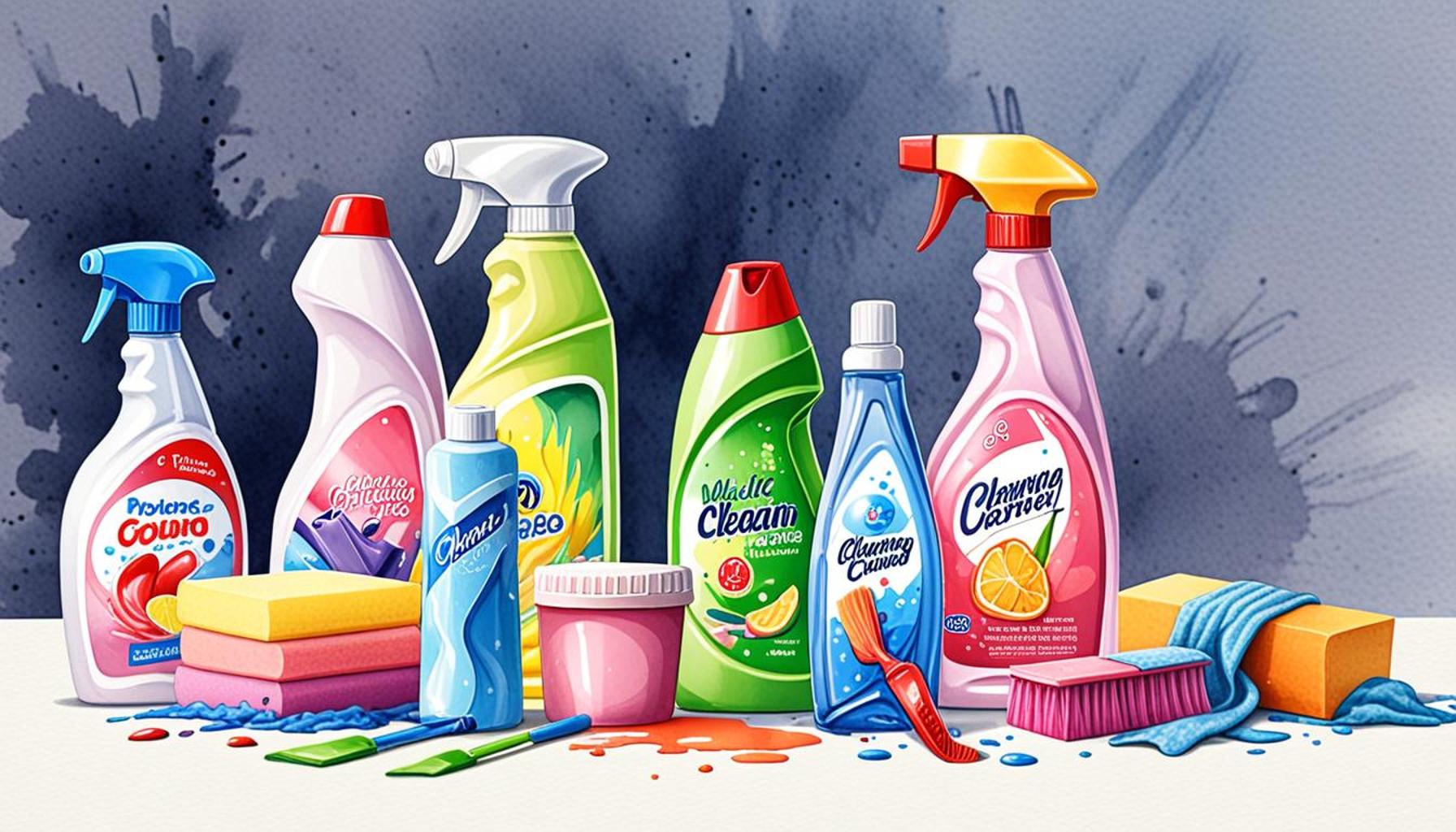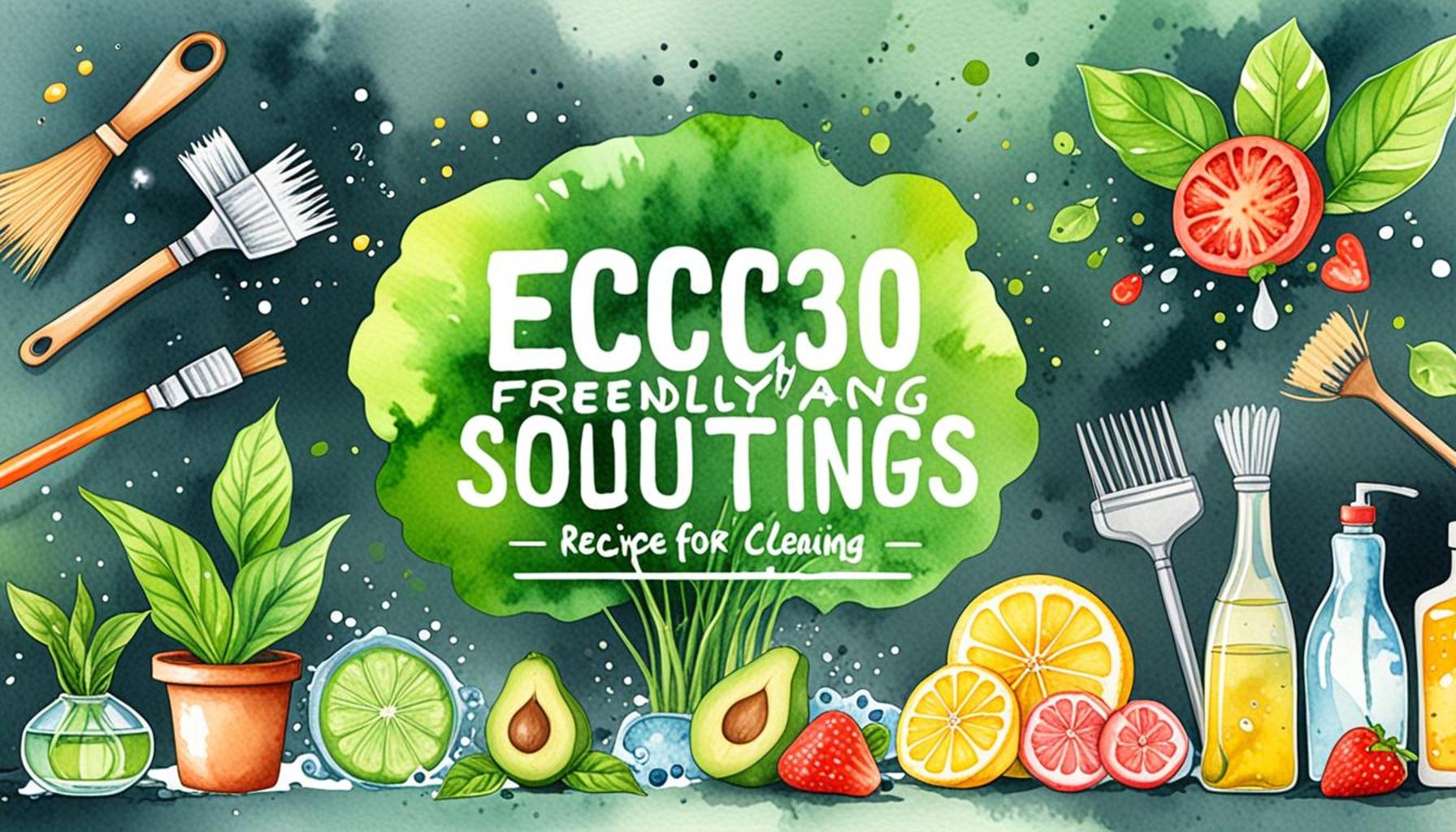The influence of surface texture on cleaning efficiency: What to consider
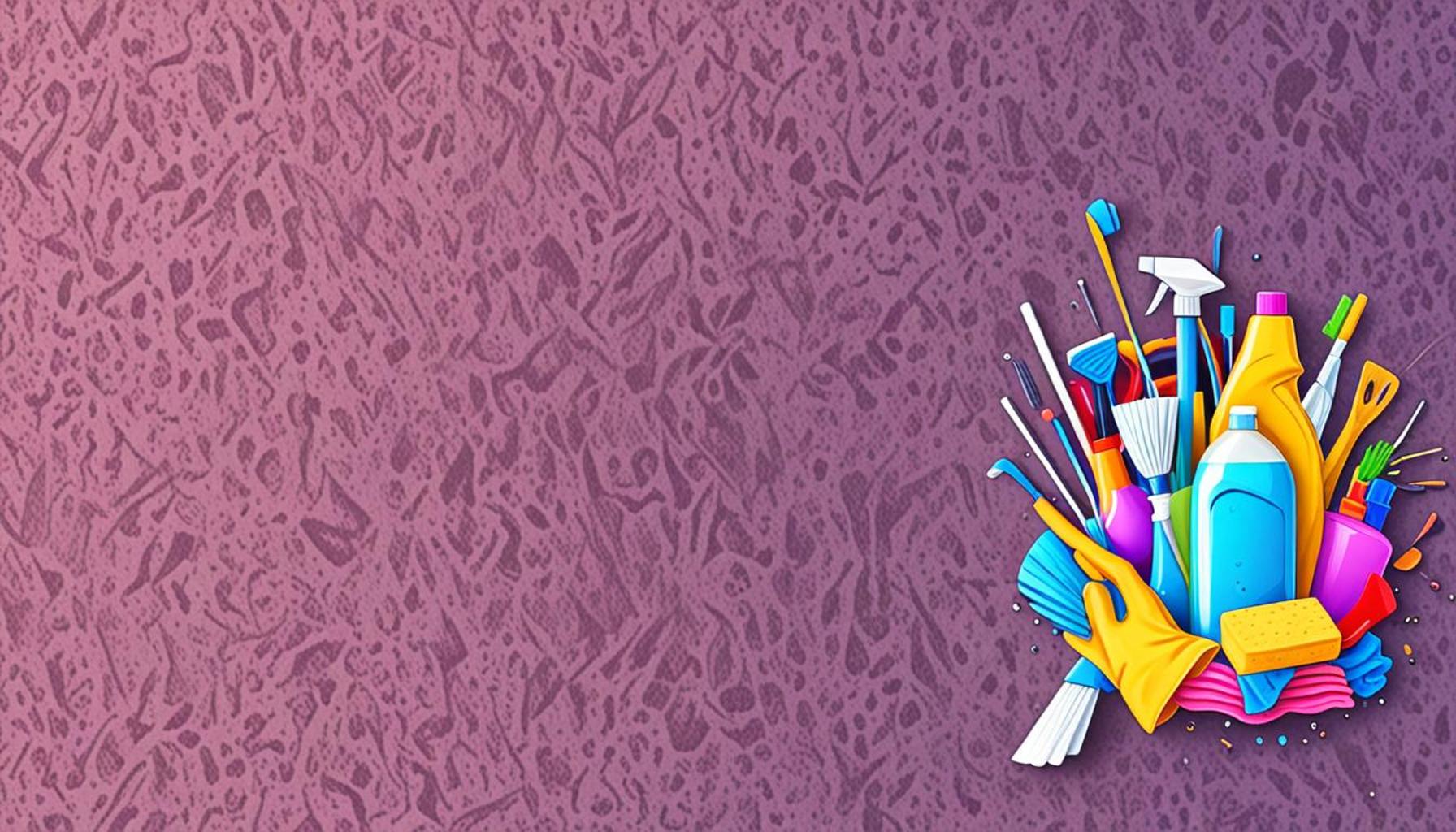
The Role of Surface Texture in Cleaning Effectiveness
The surface texture of materials is a crucial factor influencing cleaning efficiency. In various environments—ranging from industrial factories to bustling hospitals and even our own homes—the efficacy of cleaning products can differ widely based on the characteristics of the surfaces being addressed. Understanding these nuances is essential for effective cleaning practices.
Smooth vs. Rough Surfaces
When comparing smooth and rough surfaces, it is evident that smooth surfaces, such as glass or polished metal, offer a distinct advantage in terms of cleanliness. Their minimal texture reduces the places where dirt and grime can cling, allowing cleaners to work efficiently. For example, kitchen countertops made of quartz or granite can be wiped clean in moments, enhancing food safety. In contrast, surfaces like textured concrete or unsealed wood tend to trap dirt particles and bacteria. A rough texture increases the surface area, allowing more contaminants to settle in the crevices, making cleaning more labor-intensive.
Material Composition
The material composition of surfaces also plays a vital role in how they interact with various cleaning agents. For instance, stainless steel surfaces respond well to disinfectants, effectively eliminating pathogens in medical settings. On the other hand, porous materials like wood can absorb cleaning solutions, which may not only diminish their effectiveness but can also lead to damage over time if not treated carefully. Additionally, understanding the compatibility of different cleaners with materials, like avoiding bleach on certain plastics, can prevent deterioration and ensure sustained cleanliness.
Microbial Retention
Another significant aspect is microbial retention. Textured surfaces are known to harbor an increased number of microbes, posing challenges for cleaning routines. In hospitals, this can be particularly dangerous; porous or rough surfaces can act as reservoirs for bacteria, requiring stringent cleaning protocols to control infections. Research studies have shown that high-touch areas like door handles and elevator buttons, especially in textured finishes, show higher levels of contamination, underscoring the need for regular and thorough disinfection.
By delving into these factors, it becomes clear why some cleaning tasks are more laborious and time-consuming than others. The choices made regarding surface materials are not merely aesthetic; they have profound implications for hygiene and maintenance. This complex interplay between surface texture and cleaning efficiency emphasizes the importance of adopting targeted cleaning strategies to enhance efficacy and ensure safe environments, whether in healthcare facilities or in daily life.
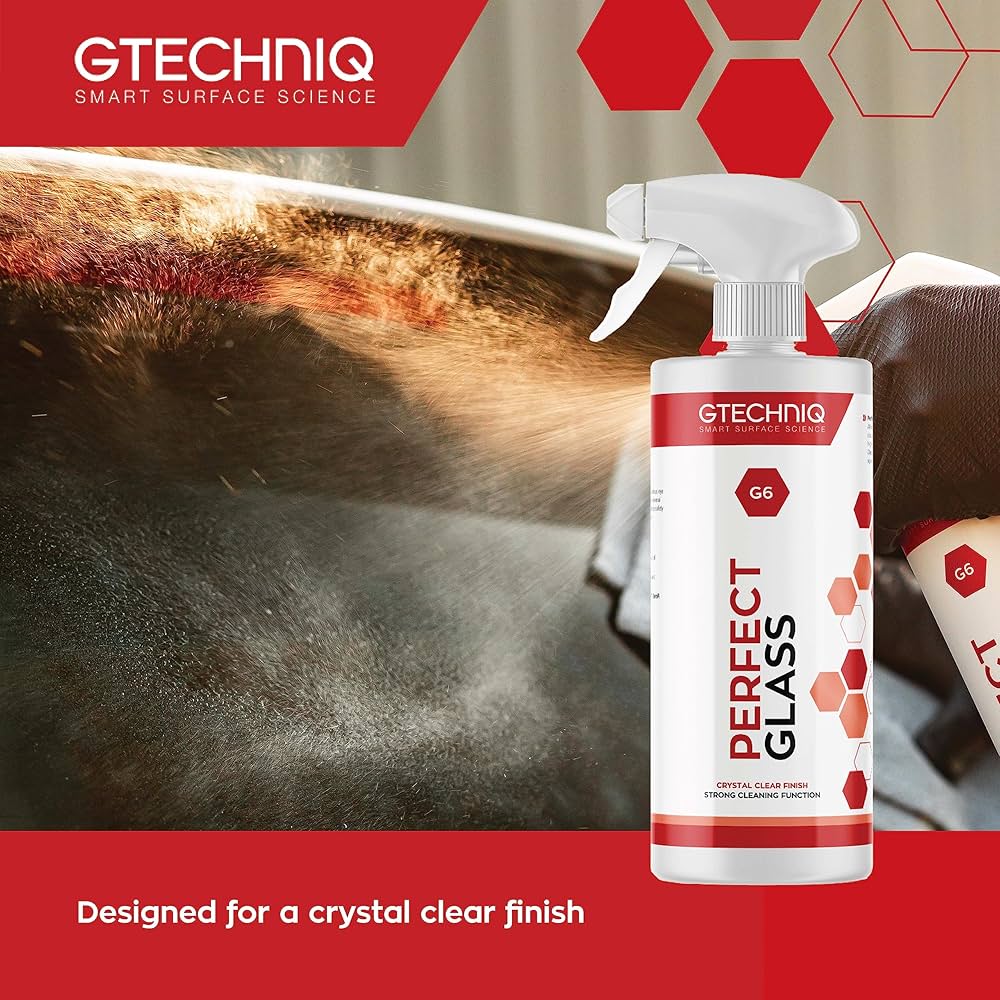
Overall, understanding the influence of surface texture on cleaning efficiency is critical for developing effective maintenance and hygiene policies. It encourages further exploration into material selection and cleaning methodologies tailored to specific environments, ultimately enhancing both cleanliness standards and health outcomes.
DIVE DEEPER: Click here to discover how mindfulness can transform your cleaning routine</a
Understanding Surface Textures and Their Impact on Cleaning
When it comes to maximizing cleaning efficiency, the texture of surfaces plays a pivotal role that cannot be overlooked. The relationship between surface texture and the effectiveness of cleaning practices is profound. Certain textures can either facilitate or hinder the cleaning process, making it vital for both professional cleaners and everyday individuals to grasp this connection. The influence of surface texture extends beyond mere appearance; it directly impacts maintenance strategies, health safety, and the longevity of materials.
Factors Influencing Cleaning Dynamics
To effectively address the impact of surface texture on cleaning, several key factors must be considered:
- Particle Adhesion: Surfaces with rough textures tend to have more pronounced adhesion of dirt and contaminants. As these particles nestle into the grooves, the challenge of removal intensifies. In environments such as kitchens and hospitals, where cleanliness is paramount, this becomes a critical concern.
- Fluid Dynamics: The way cleaning solutions interact with different textures can drastically change the outcome. On smooth surfaces, solutions can easily form a uniform layer, penetrating and emulsifying dirt effectively. However, on uneven surfaces, it may take longer for the cleaning agent to reach the contaminants, reducing efficiency.
- Time and Effort: Varying textures require different cleaning approaches. Smooth surfaces often allow for quick wipe-downs with minimal effort, while rough surfaces may necessitate scrubbing, increasing the time spent on cleaning tasks.
The Importance of Surface Texture in Diverse Settings
In specialized settings such as healthcare facilities, the implications of surface texture become even more pronounced. Studies have shown that textured surfaces, like those used in patient rooms and high-traffic areas, can harbor significantly greater microbial populations. This necessitates a more rigorous cleaning schedule and choice of cleaning products to ensure effective disinfection and patient safety.
Conversely, materials commonly found in homes, such as ceramic tiles and laminates, allow for a variety of cleaning techniques based on their textures. Many homeowners have adopted cleaning technologies like microfiber cloths or steam cleaners that cater to the unique properties of their surfaces. Understanding how to leverage these technologies can enhance home hygiene while reducing the effort involved.
Decision-Making in Material Selection
When it comes to surface materials, knowing how texture influences cleaning efficiency is fundamental for decision-making. Professionals in construction and renovation, for example, must weigh aesthetic preferences against practical cleaning considerations. Factors such as the following should be part of the dialogue:
- Longevity of Cleaning Solutions: Will the surface require frequent application of cleaning agents, or will an occasional deep clean suffice?
- Cost of Maintenance: Are the potential cleaning challenges worth investing in more expensive surfaces that require less upkeep?
- Health Considerations: How will the surface texture affect the spread of allergens, pathogens, or other contaminants?
By taking these elements into account, individuals and organizations can ensure that their cleaning procedures are effective, efficient, and tailored to the unique demands of their environments. Understanding the influence of surface texture not only enhances cleaning outcomes but also promotes healthier living and working spaces.
| Category 1 | Category 2 |
|---|---|
| Surface Texture Variability | Different materials can harbor dirt differently, affecting cleaning strategies. |
| Cleaning Methods | High-contact surfaces may require specific cleaning agents tailored to their texture. |
| Maintenance Frequency | Less textured surfaces typically need less frequent cleaning compared to those with high texture. |
| Microbial Retention | Textured surfaces can trap bacteria, leading to a need for thorough cleaning protocols. |
The influence of surface texture on cleaning efficiency is profound and multifaceted. For instance, the variability in surface textures can result in differing dirt retention characteristics. This means that a smooth surface might require less mechanical action to clean effectively compared to a highly textured surface, which could trap grime in its crevices. This has significant implications for cleaning methods employed by both professionals and individuals. Additionally, the maintenance frequency necessary for effective cleanliness often hinges on surface texture; less structured surfaces usually do not accumulate dirt as quickly as their textured counterparts. This interplay extends to the realm of health, as microbial retention is a critical consideration. Textured surfaces can harbor bacteria more effectively, thus necessitating more stringent cleaning practices. Understanding these dynamics can assist in optimizing cleaning strategies across various settings.
DISCOVER MORE: Click here to enhance your cleaning efficiency
Surface Texture and Cleaning Technology Integration
As we delve further into the influence of surface texture on cleaning efficiency, it’s essential to recognize the advancements in cleaning technologies that can enhance or diminish effectiveness based on the surfaces being cleaned. The integration of modern cleaning methods, such as robotic vacuum cleaners, ultrasonic cleaners, and advanced chemical agents, requires a nuanced understanding of how surface textures interact with these technologies.
Embracing Technological Advances
Robotic vacuum cleaners, for instance, have surged in popularity, especially in urban American households. However, their effectiveness is heavily influenced by the surface texture of flooring. Smooth surfaces allow these devices to navigate easily, picking up dust and debris with minimal obstruction. In contrast, textured carpets or rugs pose a greater challenge; they may trap particles in intricate fibers that a robot might miss. This brings up a pivotal consideration: home and facility owners should evaluate their cleaning technology based on the predominant surfaces in their environments.
Moreover, as cleaning technologies advance, ultrasonic cleaners have emerged as a powerful solution for deeply cleaning textured surfaces. These systems utilize high-frequency sound waves to create microscopic bubbles in a cleaning solution. When these bubbles implode, they produce a scrubbing action that can penetrate even the most complex textures. Whether it’s a heavily textured vinyl surface or intricate machinery, ultrasonic cleaning can effectively eliminate contaminants that traditional methods struggle to reach. Understanding when and how to use such technologies for differing textures can lead to substantial time savings and improved cleanliness.
The Role of Cleaning Chemistry
Equally significant is the choice of cleaning chemicals. The interaction between surface texture and cleaning agents plays a crucial role in overall cleaning efficacy. Surfaces with porous textures may absorb cleaning agents, changing their chemical composition and effectiveness. For example, a textured stone countertop might require a pH-neutral cleaner to avoid damaging the surface while ensuring effectiveness. In contrast, smooth, non-porous materials can often handle harsher chemicals without adverse effects.
Furthermore, innovative cleaning agents are being developed that cater specifically to surface textures. Enzymatic cleaners, which break down organic molecules, are particularly effective on textured surfaces in areas like kitchens. They can penetrate into crevices where bacteria may linger, addressing microbial build-up that contributes to cross-contamination. Understanding the chemistry of these products in conjunction with surface texture can enhance cleaning efficiency and ultimately contribute to healthier environments.
Environmental Considerations and Sustainability
As the push for sustainability grows, the impact of surface materials on cleaning practices has become an important focal point. Textured surfaces often require more energy and resources to clean efficiently, which raises questions about long-term sustainability. For example, a study from the Environmental Protection Agency suggests that the usage of excessive cleaning agents on challenging surfaces can lead to environmental pollution and elevated water usage. Choosing surfaces that balance aesthetics, utility, and ease of cleaning can significantly reduce the ecological footprint of cleaning routines.
Furthermore, organizations and residential owners may want to consider the lifecycle of the materials they choose. Investing in easier-to-clean surfaces not only enhances the cleaning process but can also lead to reduced resource consumption over time. While initially more expensive, smooth or semi-smooth textures may justify their costs through decreased labor and cleaning agent expenses.
As the dialogue around the influence of surface texture on cleaning efficiency continues to evolve, it becomes increasingly evident that a holistic approach—integrating surface understanding with technological and chemical advancements—will yield the best results. With the right strategies in place, cleaning can transform from a mundane chore into a streamlined process, benefiting both health and environmental sustainability.
DISCOVER MORE: Click here for time-saving cleaning hacks
Conclusion
The influence of surface texture on cleaning efficiency cannot be overstated; it is a critical factor that shapes our cleaning strategies and impacts overall cleanliness. By understanding how various textures interact with modern cleaning technologies—from robotic vacuums to ultrasonic cleaners—property owners can optimize their efforts for maximum effectiveness. The choice of cleaning agents further enhances this dynamic, with innovations such as enzymatic cleaners proving invaluable for tackling intricate surfaces prone to harboring contaminants.
Moreover, the rising emphasis on sustainability highlights the need for conscientious material choices. Selecting surfaces that offer a balance of aesthetic appeal and cleanability not only reduces resource consumption and labor expenses but also minimizes environmental impacts. As urban households and commercial spaces increasingly lean towards eco-friendliness, integrating surfaces designed for easier maintenance can be seen as both a practical and ethical choice.
Ultimately, as we navigate the evolving landscape of cleaning technologies, recognizing the interplay between surface texture, cleaning methods, and chemical efficacy will empower us to make informed decisions. By embracing a comprehensive approach that considers these variables, we can achieve not only cleaner spaces but also promote healthier environments for all. The journey towards enhanced cleaning efficiency is an ongoing exploration—one that invites us to continually adapt and innovate for the future.
